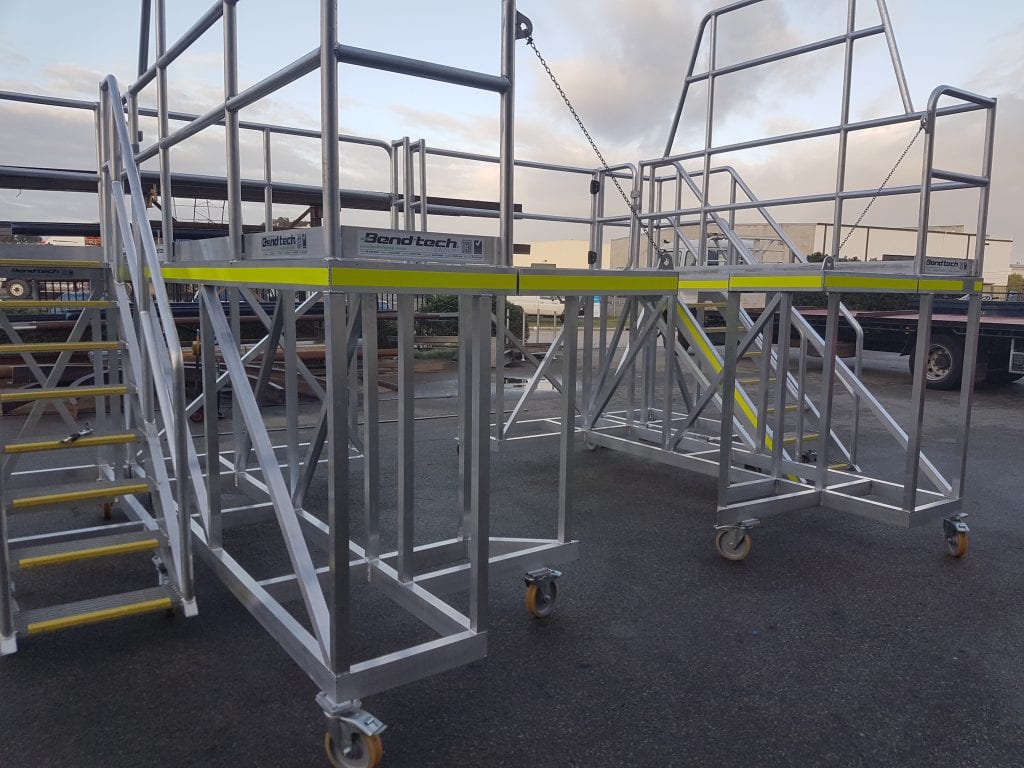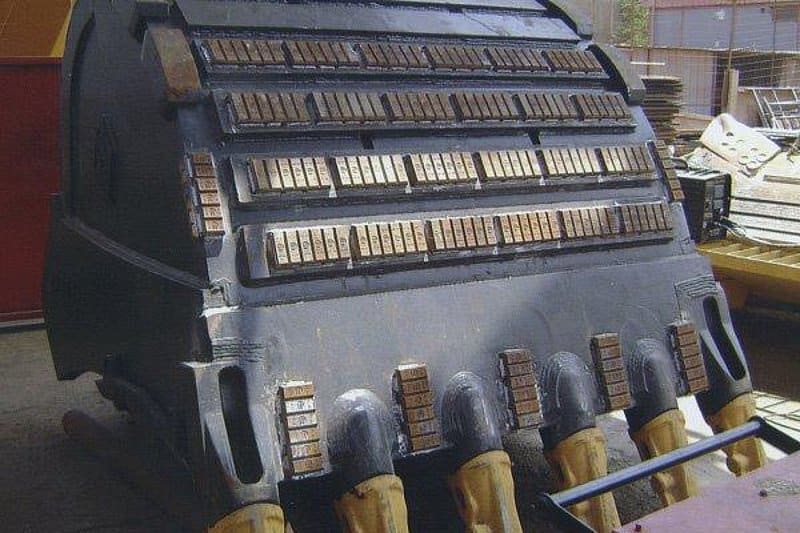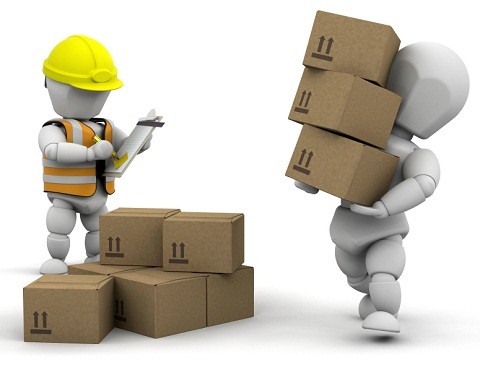Modern manufacturing and other construction processes are no strangers to laser cutting. It has revolutionised whole industries through its precision, usability, and convenience. Tube lasering is a variation of this technique that is specific to cutting and shaping tubes of various materials. Depending on the chosen tube laser cutter, multiple materials can be cut or etched; this article examines the importance of selecting those materials carefully for safe, efficient results.
Types of Materials Commonly Cut with Tube Lasers
Metals
With unrivalled strength-to-weight properties, certain metals’ durability and immense strength make them the perfect choice for a wide range of applications. Flexibility is crucial in enhancing design capabilities, and metals can be manipulated into complex shapes and intricate designs. This makes them a mainstay of almost all manufacturing and construction industries, and some of their desirable properties include:
- Aluminium alloys—With low weight but moderate strength, these alloys are easy to form and shape, making them exceptionally versatile.
- Copper alloys—With its high conductivity and relatively low cost, many electrical components and wiring systems rely heavily on this metal.
- Stainless steel—The strength, conductivity, and corrosion resistance make stainless steel perfect for use in a vast number of applications, and it is ubiquitous in almost all structural designs.
- Brass—The attractive appearance and ability to be polished to a high shine make this a popular decorative choice.
Tube lasers are a natural choice when cutting metals and can even vaporise galvanised versions. However, using the correct tube laser for the job is critical, as reflective materials require a fibre laser rather than a CO2 one.
Non-Metals
Modern construction has advanced in leaps and bounds, and the variety of materials used has expanded and evolved. Although tube lasers are primarily designed to cut metals, specific versions (CO2) are also suitable for non-metals. Some popular choices include:
- Plastics— Versatility, durability, and low weight have made plastics a staple of modern construction. They are favoured for pipes, roofing, floors, insulation, etc.
- Glass—Extremely strong and versatile, glass is used in many ways in manufacturing and construction industries. By quickly and accurately cutting precise shapes and sizes, a tube laser cutting machine can reduce waste and potential damage to the material. Production costs are minimal, as no additional tools or materials are required to achieve outstanding results.
Considerations for Choosing the Right Material
Material Thickness
Material thickness can significantly affect the efficiency and quality of tube laser cutting. Some factors to consider include:
- Energy and time—Thicker materials require more energy and time to cut through, and the cutter’s power, focal length, and speed must be adjusted accordingly.
- Efficiency—As material thickness increases, cutting efficiency drops exponentially. Even the most powerful lasers struggle with overly thick materials, and the advantage of their use diminishes.
- Material properties—Each material has different properties and cutting speeds, which must be considered when predicting how a tube laser will perform.
- Uniformity—Material with consistent thickness is preferable in achieving optimal results.
The Best Materials to Cut with a Tube Laser
Some popular materials where tube lasers are highly effective include:
- Wood and Cork
- Plastics and Acrylic
- Foam
- Metal
- Leather
- Paper and Cardboard
Materials That Should Not be Cut with a Tube Laser
Certain materials can ignite or give off noxious fumes when exposed to the intense heat of a tube laser. If in doubt, check with your material supplier and always exercise caution.
- Phenolic Resins
- Polyvinyl Chloride (PVC)
- Polyvinyl Butyral (PVB)
- Polycarbonate
- Fluorine, Polytetrafluoroethylene (PTFE), Teflon, etc.
Conclusion
Tube laser cutting is a remarkable process that has brought many advantages and new possibilities to manufacturing and construction projects everywhere. It is critical to take a careful approach when using any new technology. Still, the rewards of tube lasering are many, and the latest and fascinating concepts it allows you to explore are well worth investigating.
Contact Us
Please do not hesitate to contact us at Bend-tech Group to discuss tube laser cutting machines or any other products and services. Our experienced, knowledgeable team members will provide all the information, advice, and guidance you need.








About The Author: Highjumpdev
More posts by Highjumpdev